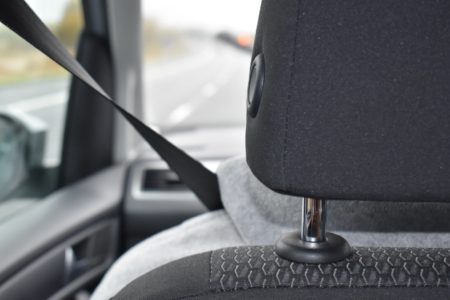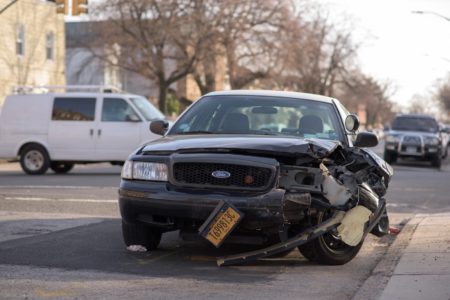Learn To Drive | Cell Phones and Other Distractions
When You’re in a Car: Talking on a Cell Phone is NOT the Same as Talking to Your Passenger.
It’s More Like Driving Drunk!
As you learn to drive it is important to learn to recognize sources of distractions and how dangerous they can be to a driver. The following information gives you some insight into how distracting a phone call can be. When learning how to drive a car and stay safe teens must be trained identify and remove distractions. Look for more information in the Driving Lessons sections of the Workbook and the Video Library. Click the link below to go to Driving Lesson 2.
Learn To Drive: Driving Lessons Video Library
Handsfree Cell Phone Conversations also Create a Distraction to the Driver:
It’s a matter of brainpower and it doesn’t matter how smart you are, how talented you are, or how mature you are. Talking on a cell phone makes you 4 times more likely to get in a crash – even if you’re using a hands-free device! That’s the same as if you were legally impaired with a blood-alcohol level of 0.08!

Dr. David Strayer is a professor at the University of Utah and he’s spent a lot of time studying how talking on cell phones affects drivers. “The brain doesn’t work the way we want it to work,” he says. “When drivers talk on cell phones, they have a sort of tunnel vision. It’s partly because they fixate straight ahead and stop looking at their side mirrors. But it’s more than that too. Talking on a cell phone requires multitasking and the fact is – less than 2% of people can multitask effectively.”
Real science backs that up. Dr. Strayer and his team measured the brain activity of people involved in conversations. When they talked on cell phones while driving – their brain activity was cut in half. It seems that the frontal cortex of the brain which controls multitasking becomes overloaded and simply can’t process all the information it receives – so it leaves things out. And when the info that gets left out involves obstacles you should be seeing – that’s scary!
All of a sudden, the driver doesn’t see what’s happening in the periphery of his vision. That means he can’t see pedestrians or cyclists to his sides – even though they’re in plain view. His brain blocks them out and there’s nothing he can do to stop it. It’s called ‘inattention blindness.’
The driver concentrates straight ahead – but even there – his mind plays tricks! Details and objects can disappear completely. He doesn’t see them because his overloaded brain just doesn’t process them.
So why is it different when you’re talking to the passenger next to you?
Your passenger provides a second set of eyes on the road. They automatically stop talking as you approach an intersection and wait until you’re clear before they continue. They also point out obstacles you may not be aware of.
The person at the other end of the cell phone, however, doesn’t know where you are or what you’re doing so they continue to talk regardless of what’s happening on the road. And you instinctively continue to listen – instead of giving that intersection ahead your full attention.
Even the most mundane conversations are dangerous.
It doesn’t matter what you’re talking about. All cell conversations are dangerous while you’re driving.
“What are you doing?”
“ Nothing.”
“How was school?”
“Fine.”
Those conversations aren’t very creative but they still overload your brain and quadruple your chances of getting in a crash. Angry, upsetting or sad conversations are even worse. And if you’re negotiating, need to write down numbers or remember directions – yikes! You are a disaster waiting to happen!




